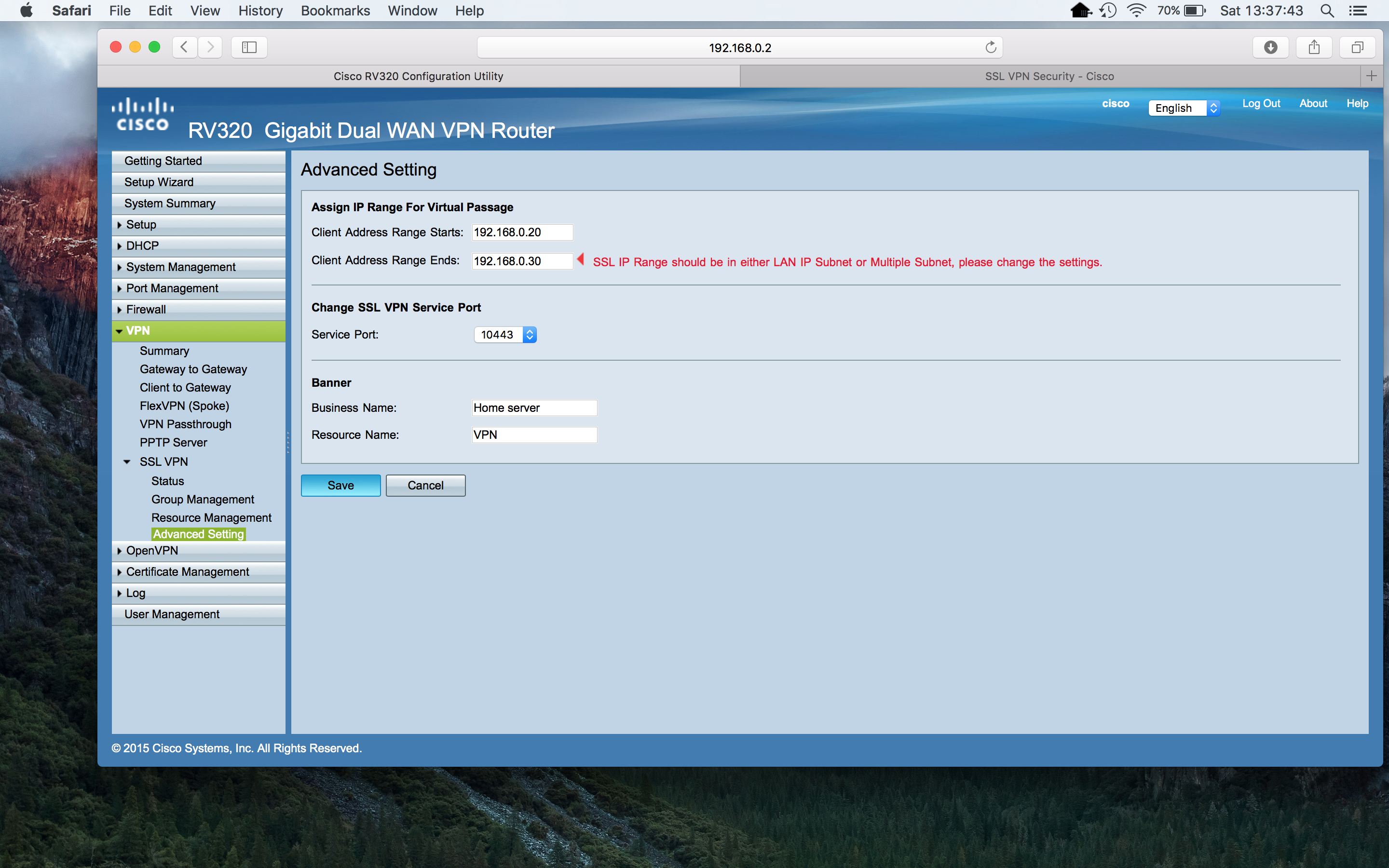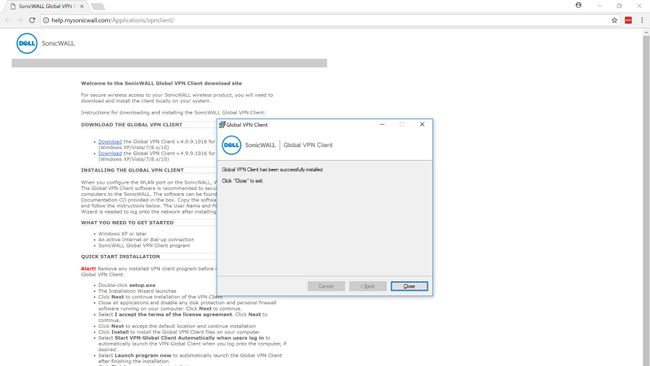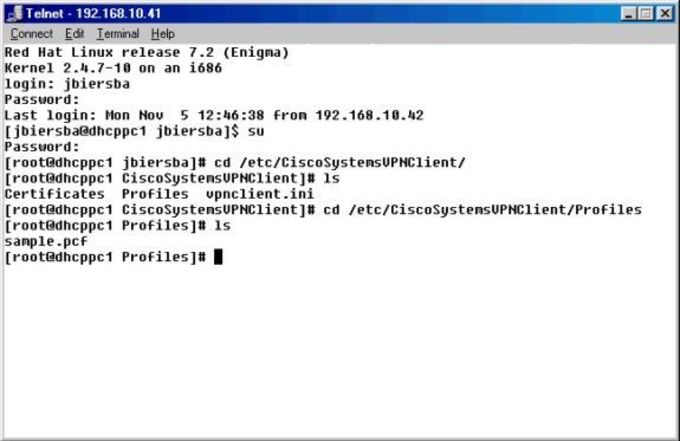

(I also had to expand the split tunnel network access list, but I suspect that that was needed for the An圜onnect users, too. I will say that I started with an already-working An圜onnect config and then just added these lines: tunnel-group TG_VPN ipsec-attributes I'm guessing it's using the local accounts as a result of: user-identity default-domain LOCALīut if you can get this working with local users, you can probably work to get auth set up differently if you need.
#Configuring cisco vpn client password#
The username and password are locally defined in the ASA with lines like: username user password ***** encrypted privilege 15 Then set up your MacOS "Cisco IPSec" client to use the same shared secret as is found in the "ikev1 pre-shared-key" line and the group name is the tunnel-group, in this case "TG_VPN". Replace with the external FQDN and IP address of your ASA. The file disk0:/examplevpn.xml contains: After the agent is installed on the client machine, it automatically performs specific checks. Tunnel-group-map default-group IPSecProfile When the traffic from the VPN user matches the locally-defined ACL (redirect), it is redirected to Dependent upon the configuration, the ISE provisions the An圜onnect Posture Compliance Module. ! *** Replace with your own shared secret ! *** Replace with your internal DNS zoneĪnyconnect profiles value ExampleVPN type user Configure a VPN Client Profile for SCEP Proxy Enrollment Configure the ASA to Support SCEP Proxy Enrollment Configure Legacy SCEP Certificate Enrollment. Split-tunnel-network-list value Split_Tunnel Before you can begin configuration, the Cisco VPN Client must be installed if it is not. Vpn-tunnel-protocol ikev1 ikev2 l2tp-ipsec ssl-client ssl-clientless 1.Make sure the Cisco VPN Client is installed on your remote computer. ! *** Replace with your internal DNS server ! *** See below for the content of this fileĪnyconnect profiles ExampleVPN disk0:/examplevpn.xml (Look out for ! *** comments.) ! *** This is a pool of IPs that will be allocated to VPN clients I have expurgated it of localized information, so I may have typoed something along the way. Right-click the An圜onnect client icon located in the system tray near the bottom right corner of your screen.I've copied and pasted what I hope is the relevant config out of my ASA (5525) where this is working for both An圜onnect and MacOS-native clients.When you are finished using the VPN, remember to disconnect (failing to disconnect can result in being unable to access resources if you are on-site at the Research Institute). Enter your FBRI username and password, then click OK.


Go to Start->Programs->Cisco->Cisco An圜onnect Secure Mobility Client to launch the program.NOTE: The VPN will not connect if you are connected to the FBRI wired or wireless network. Click Next in the Cisco An圜onnect Secure Mobility Client Setup dialog box, then follow the steps to complete the installation.Click Run on the Open File – Security Warning dialog box.You will need to rename the file to "sys_attachment.msi"
#Configuring cisco vpn client download#


 0 kommentar(er)
0 kommentar(er)
